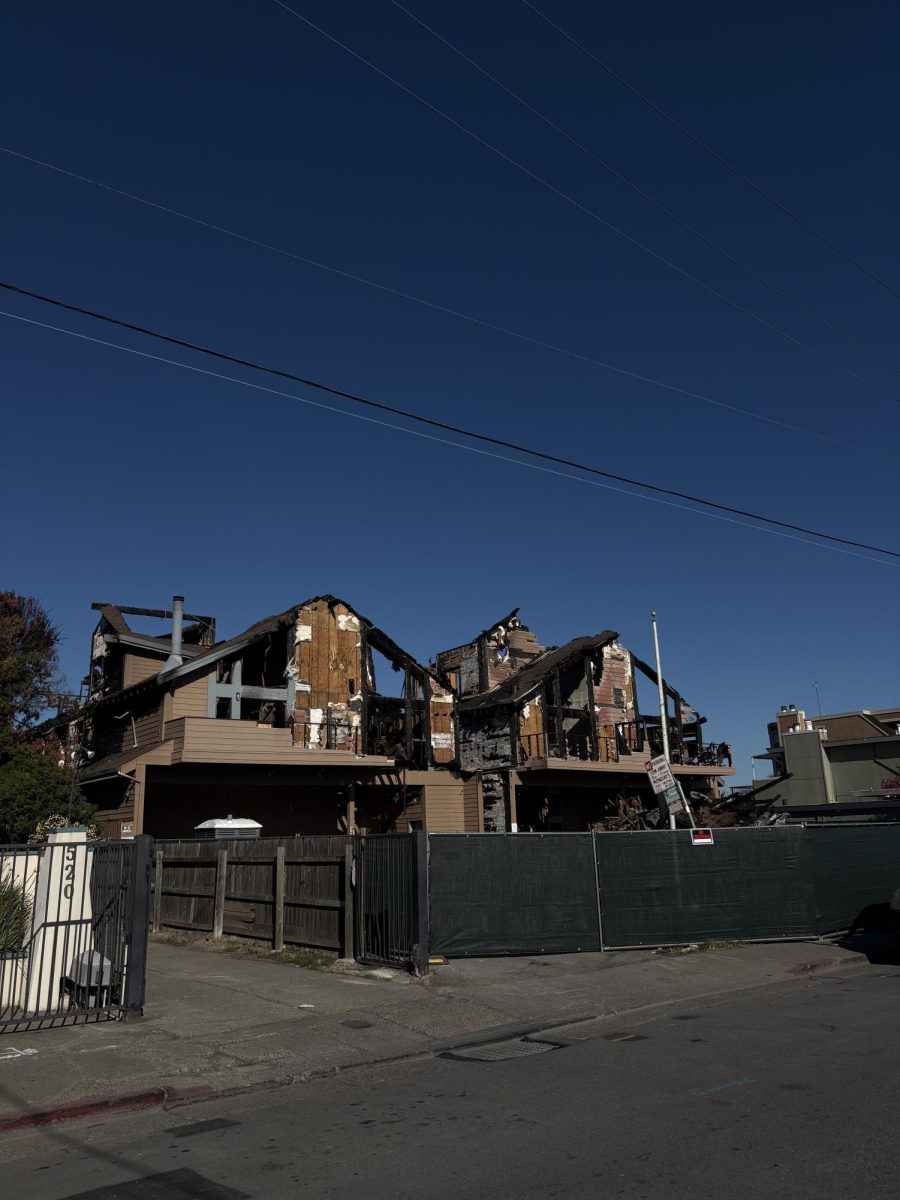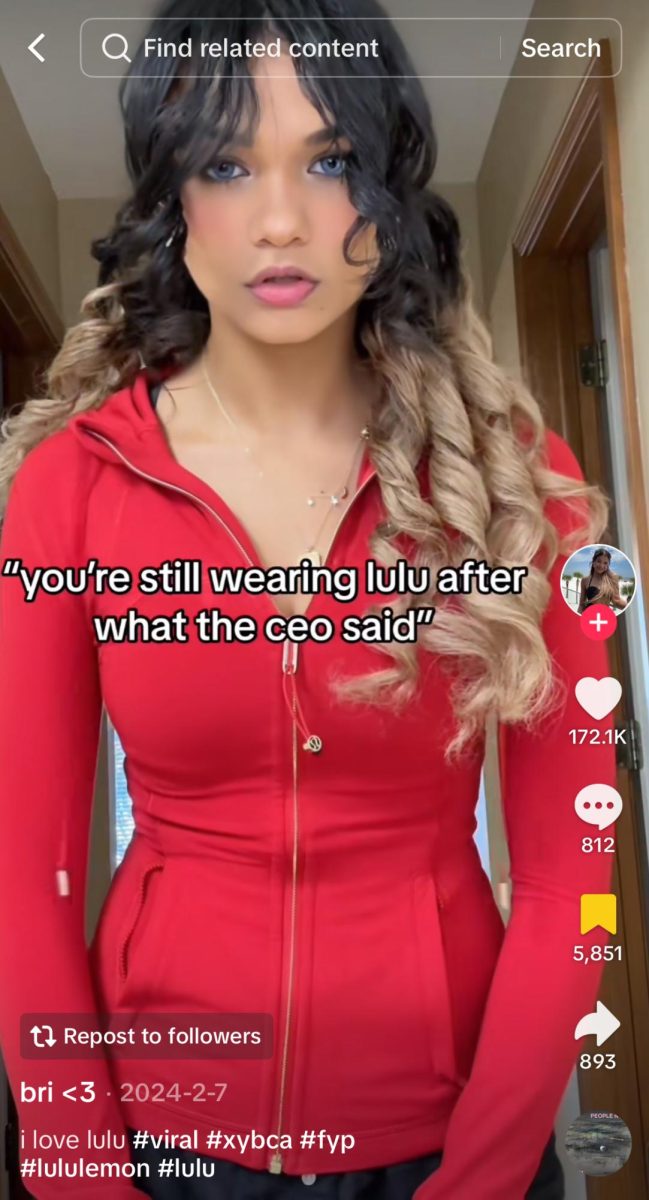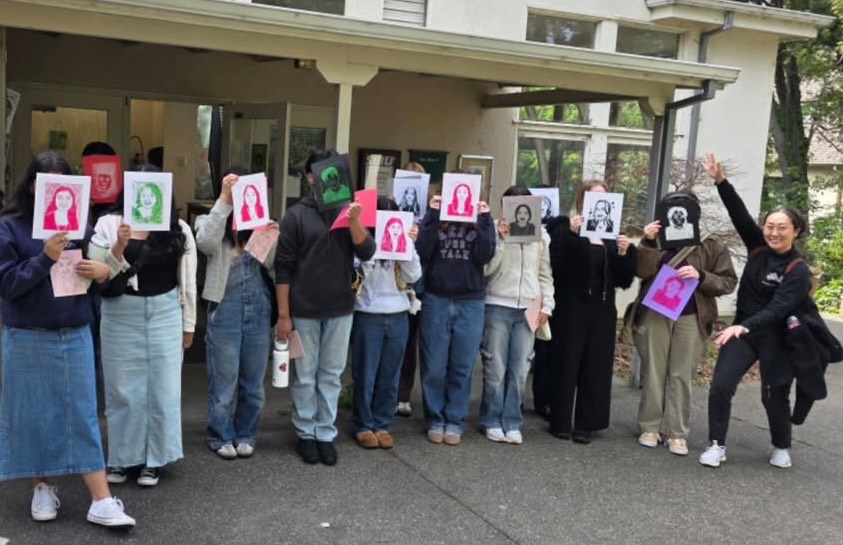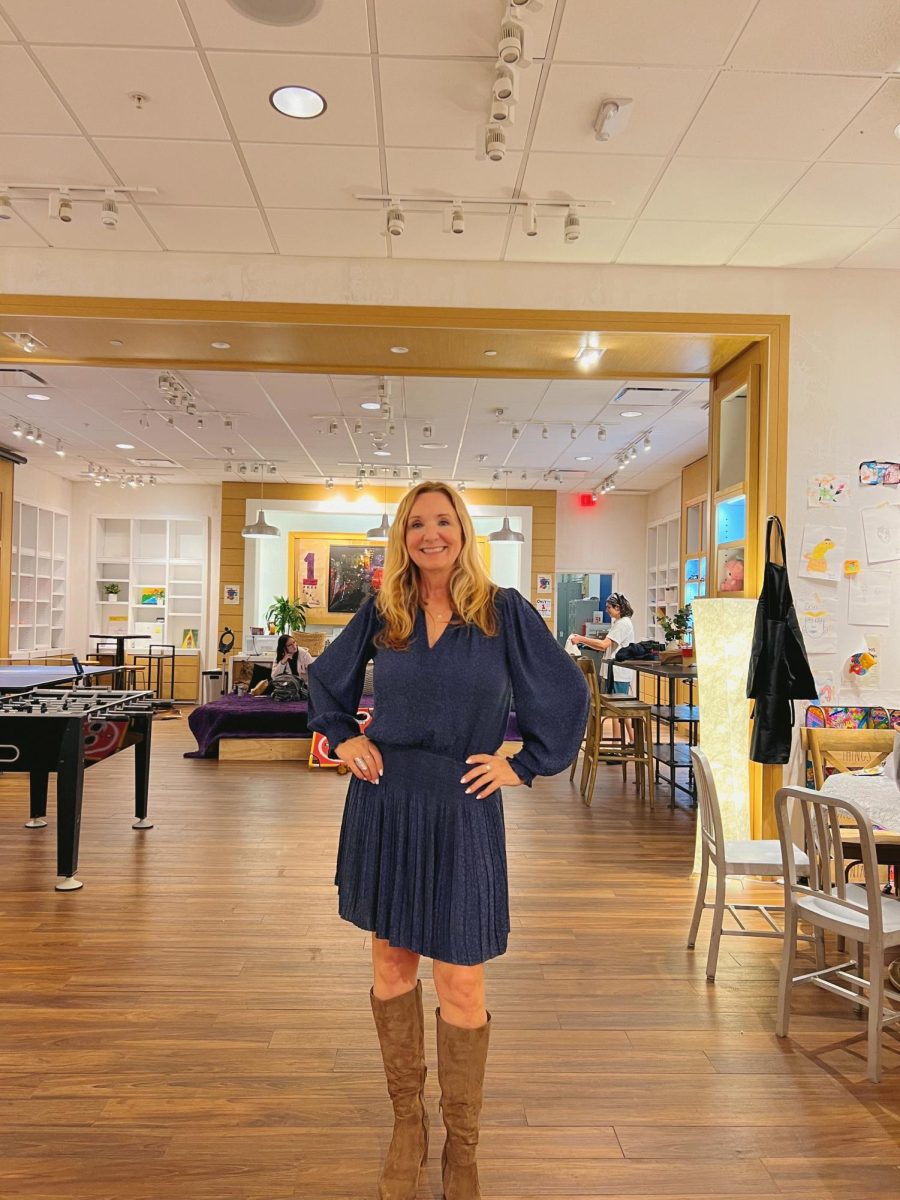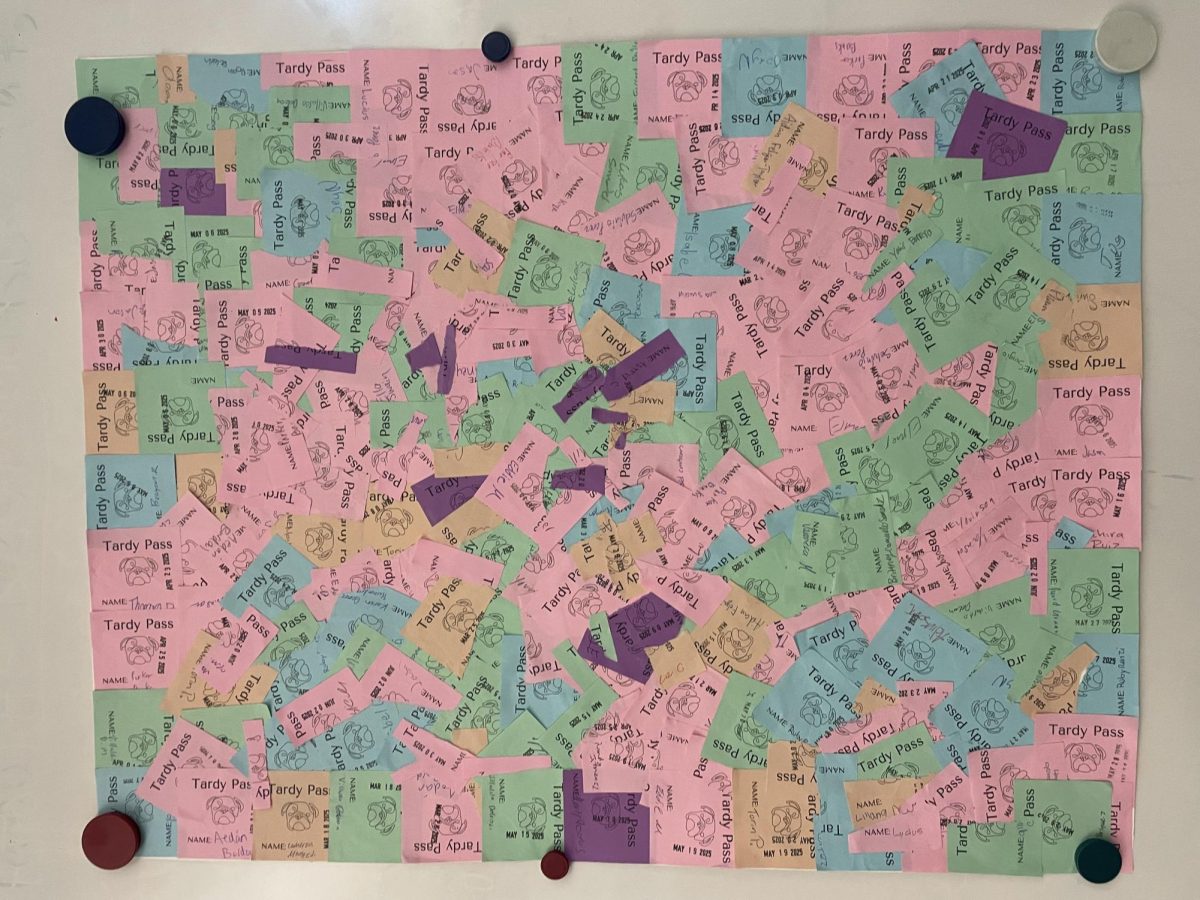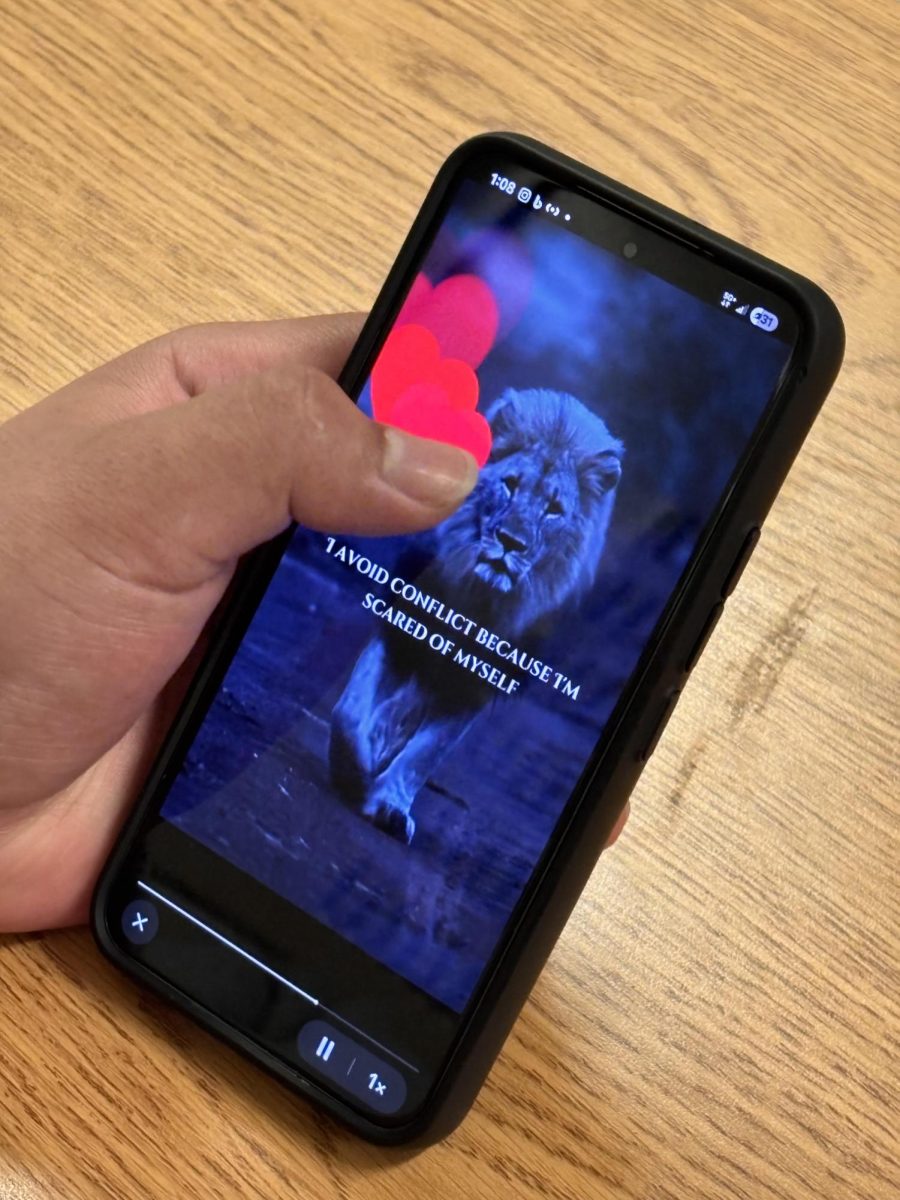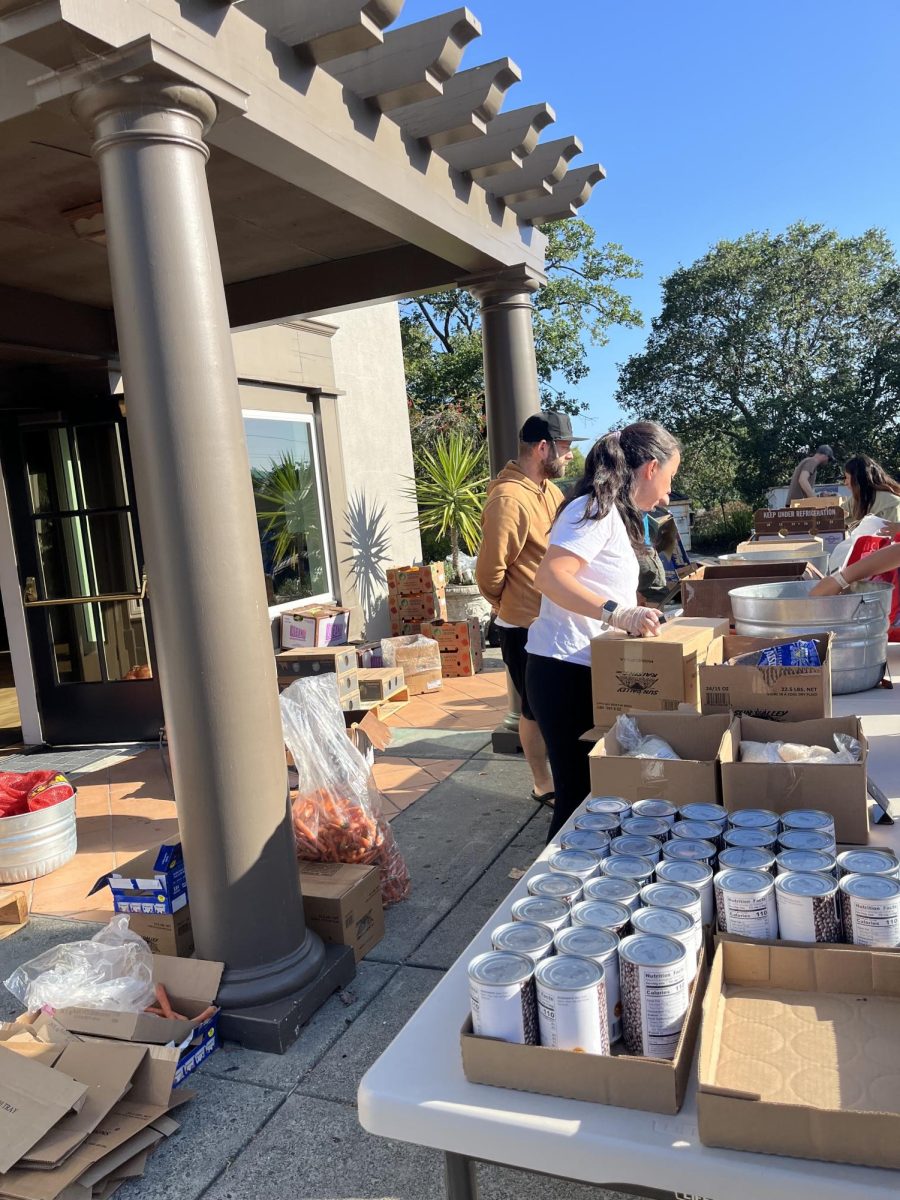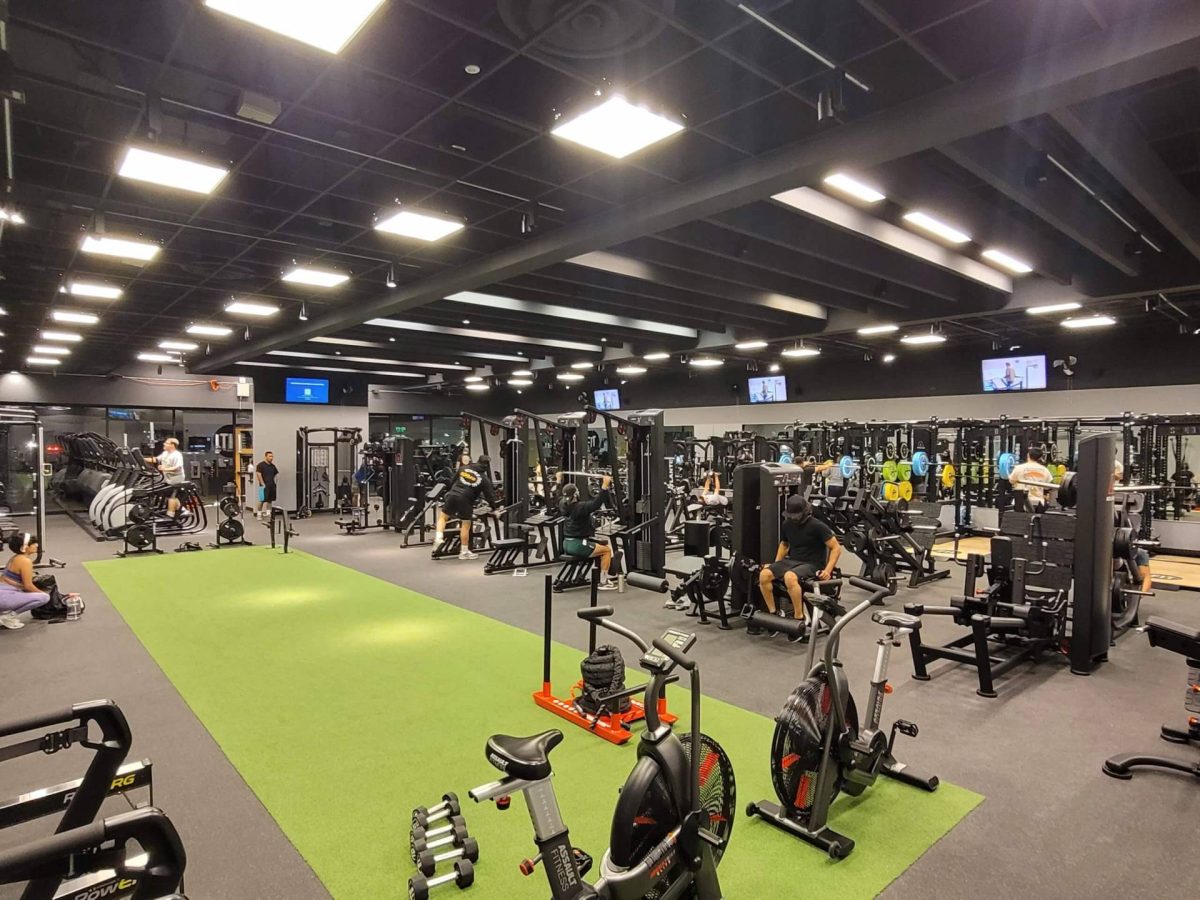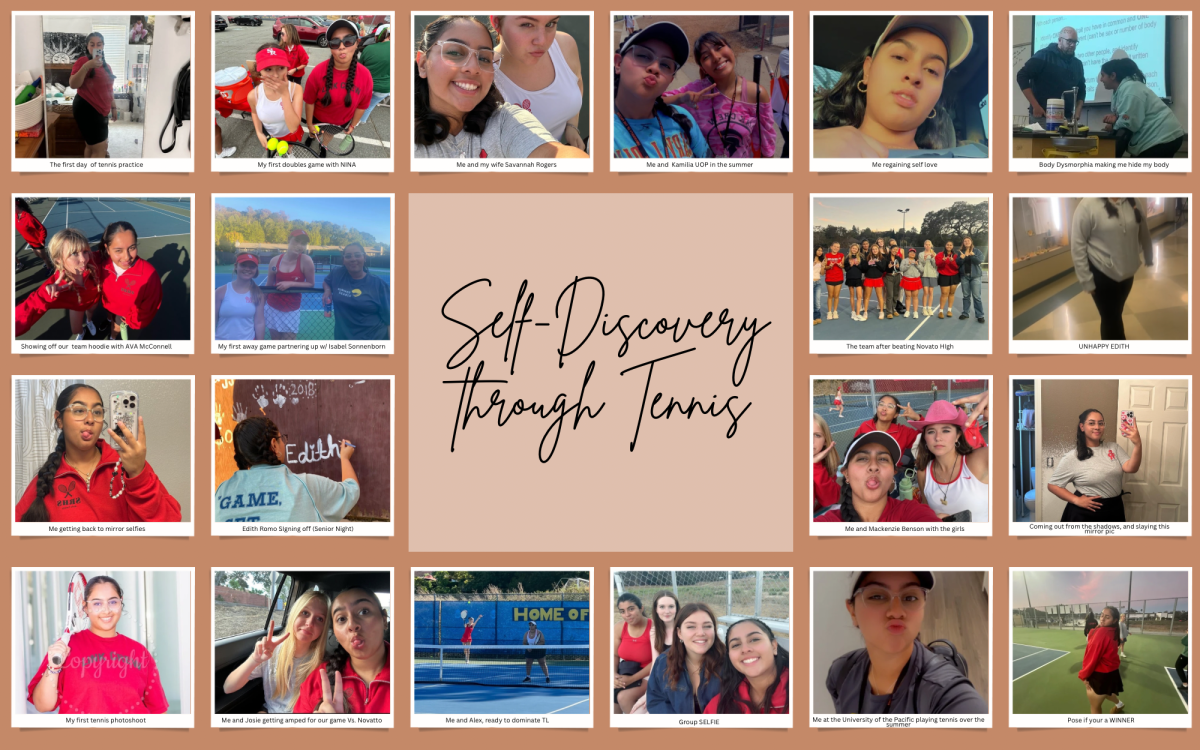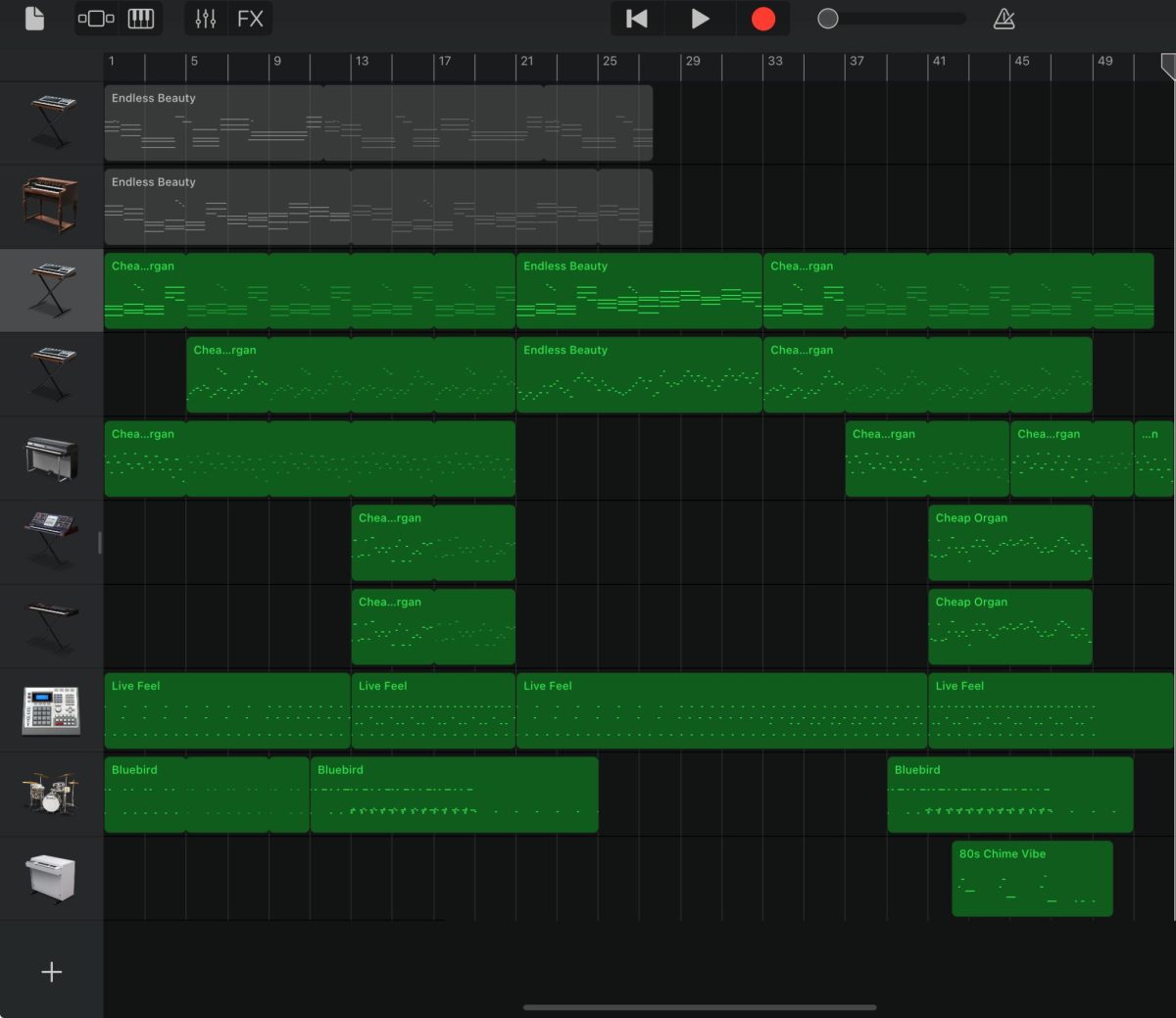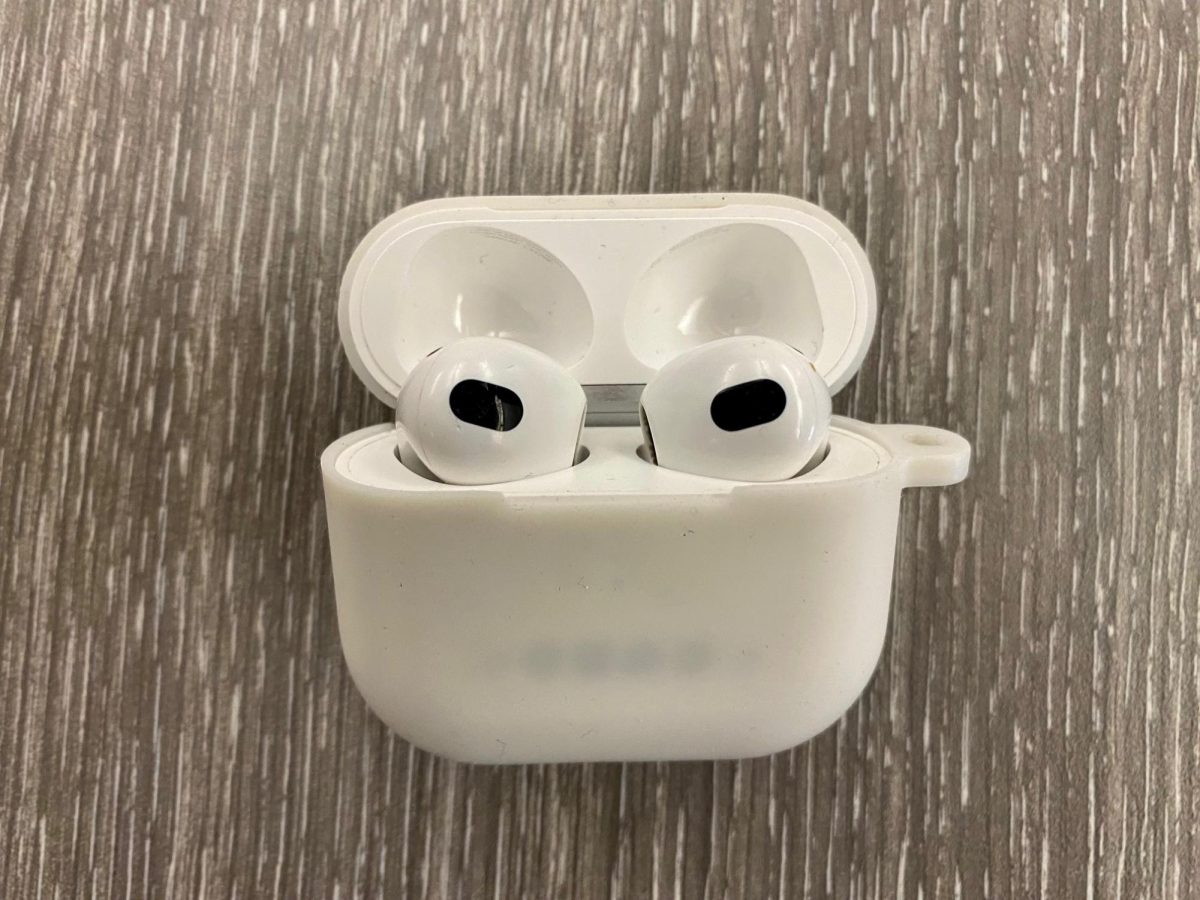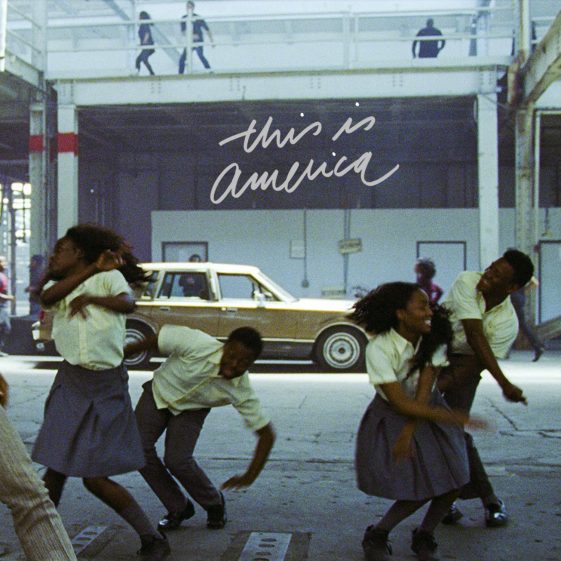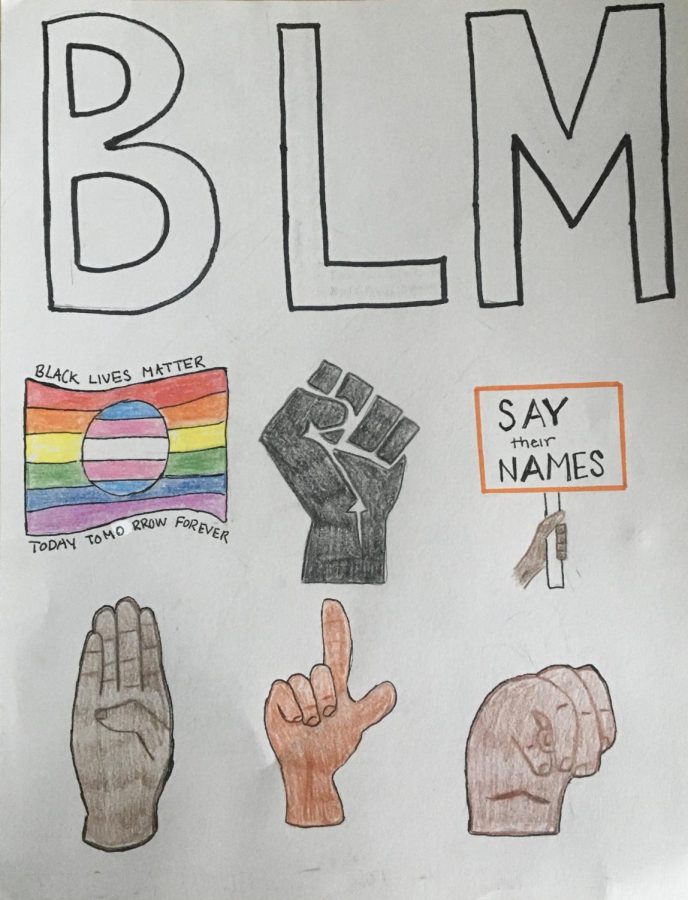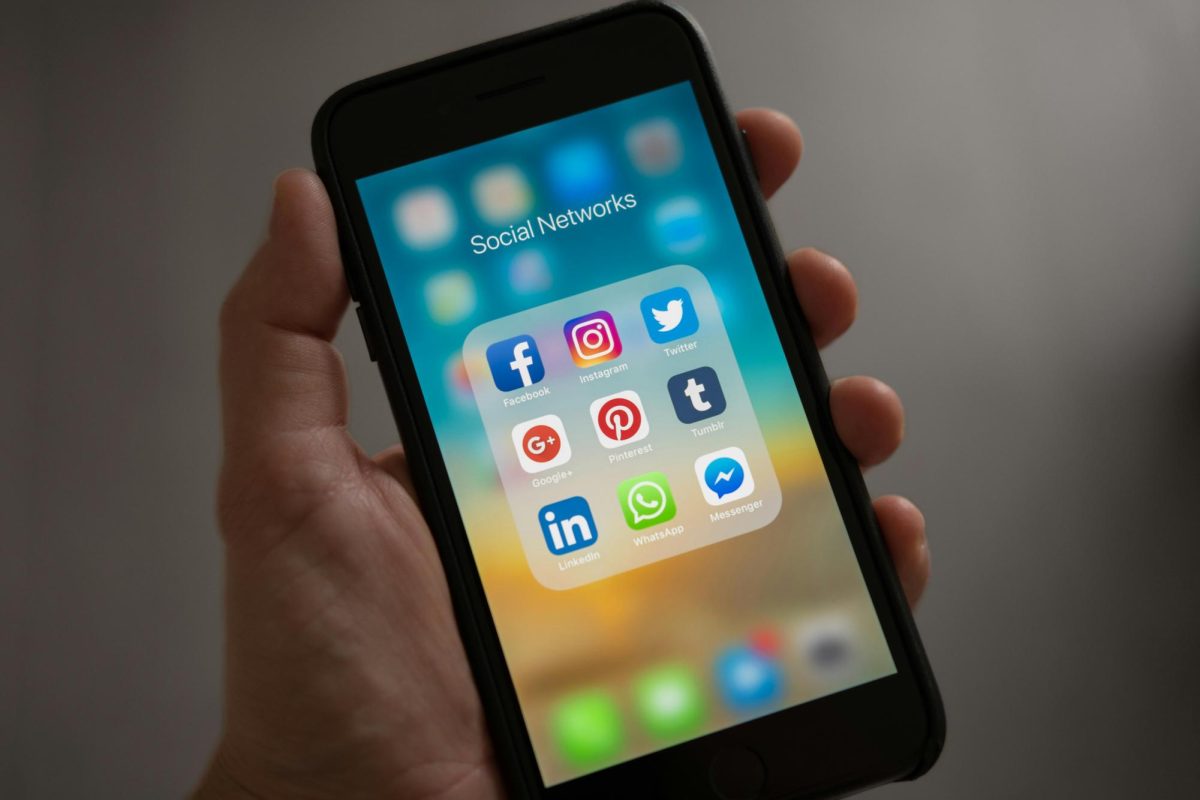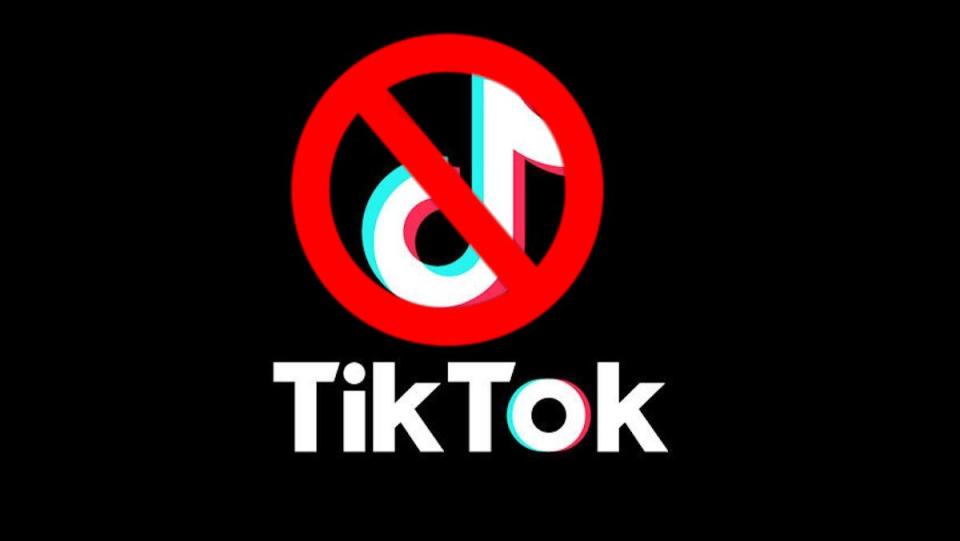It’s no secret that in recent years social media has made its way into almost every phone on the planet. It can be a great way for people to connect, get their news, or learn new things. But like everything, social media comes with downsides. As teenagers, too much time spent on social media can expose you to things such as sleep deprivation and addiction, and can also leave you feeling anxious or depressed. Social media usage has been linked to mental health issues, so we should allow ourselves to take breaks or limit screen time.
One of the biggest contributors to teenage mental health issues is the constant cycle of comparison, which is fueled by social media use. Social comparison, a theory proposed by American social psychologist Leon Festinger in 1954, refers to the idea that individuals determine their worth by comparing their lives to others.
Social media often promotes a kind of social comparison called upward comparison, in which people compare themselves to those they view as better or more successful, leaving them feeling bad about themselves. With influencers and celebrities flooding the feeds of many, it isn’t hard to see posts that often create unrealistic expectations of appearance and lifestyle. One study suggests that the more time young women spend on social media, the more likely they are to compare their appearance to the likes of many female celebrities, such as Kim Kardashian or Scarlet Johansson. SRHS senior Sophia Everett, explains that she experiences moments of comparison when using social media and that it negatively affects the way she and others perceive themselves. Time spent comparing yourself to what is portrayed as “perfect” is sure to lead to lowered self-esteem, or can leave you feeling depressed because of the inability to reach such standards.
Social media also has the ability to amplify what is commonly known as FOMO, or the fear of missing out. Experiencing FOMO can leave you feeling isolated and increase anxiety. A survey conducted by MyLife.com found that more than half of social media users (56%) report experiencing FOMO, and 48% say social media makes them believe they are truly missing out on important experiences.
FOMO can be related to many things, such as missing out on opportunities with friends and family or the feeling of losing status. With the constant need to be “in the loop,” you will be faced with emotional distress when viewing posts highlighting the things you’re not a part of. For Everett, “seeing posts on social media about things I was not invited to immediately brings down my mood and causes me to spiral.”
Juliano Innocenti, a San Francisco Psychiatric Nurse Practitioner, explains that it is important to follow and subscribe to things that leave you feeling happy, instead of seeing topics or posts that may upset you. This can include unfollowing people on social media who make you feel left out. He says that when you allow yourself to see posts that upset you, “the algorithms will start flooding your account with those types of posts,” which can leave you feeling even worse. He adds that keeping your profile private and only following close friends and family can be a good way to protect yourself from experiencing the FOMO phenomenon.
One of social media’s most infamous qualities is one that research shows many people have faced. According to the Pew Research Center, a 2022 survey shows that 46% of teens aged 13-17 have experienced cyberbullying at some point in their lives, with the most common form being offensive name-calling. Cyberbullying as a whole has become normalized among social media users, due to people being able to leave hurtful comments as they hide behind their screens. Not only can cyberbullying lead to lowered self-esteem, but it can also lead to emotional and physical harm. Young victims of cyberbullying are twice as likely to attempt suicide and self-harm.
Although negative comments can be found almost anywhere on social media, TikTok gets the worst of it. When I open the comment section of a TikTok post, I am usually immediately presented with instances of cyberbullying. This most commonly takes the form of harassment and verbal abuse, where a commenter might make rude remarks regarding someone’s appearance, opinions, or overall character. I frequently see comments that attack the post’s creator by openly inviting others to join in on behind-the-screen bullying.
SRHS senior Belen Coronado says that she too sees hateful comments left on people’s posts. She says that “a lot of the time, TikTok will even make the person delete their account or the app as a whole because comments are so harsh.” While it may be impossible to prevent others from projecting hate onto your page, Innocenti suggests that turning off comments can be significant in avoiding negative dialogue.
Many people, especially teenagers, believe social media to be a place where creativity is welcomed and support can be easily attained. It is important to note that while this can be true for many, too much time spent online can take away from in-person connections, and can even promote strong addiction.
Addictionhelp.com reports that almost 40% of internet users aged 18-22 have an addiction to social media. This addiction is a result of the irresistible high our brains get from spending time on social media. As explained by Dr. Nancy DeAngelis, CRNP, Director of Behavioral Health, at Jefferson Health, “Social media platforms drive surges of dopamine to the brain to keep consumers coming back over and over again…resulting in a high similar to the one people feel when gambling or using drugs.”
I myself am guilty of spending too much time on social media, and it can be a challenging habit to break. Ways to reduce screen time include placing your phone across the room, or simply setting a daily screen time limit in your phone’s settings. Although it can be difficult to spend time away from our phones, we should all try to find ways to break this harmful habit, before it becomes too late to reverse.




